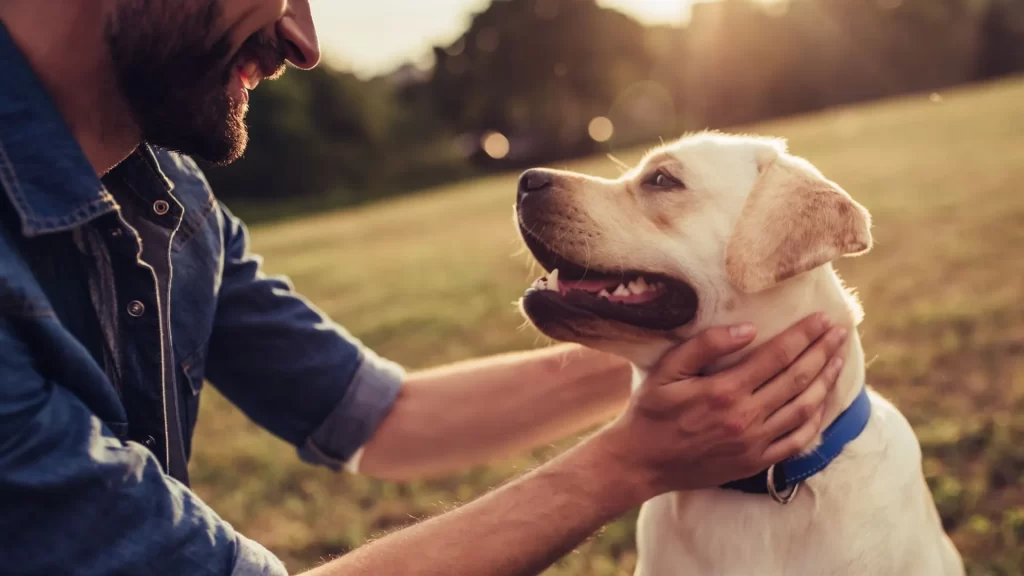Positive dog training methods focus on reinforcing desired behaviors rather than punishing unwanted ones, fostering a loving and respectful bond between dogs and their owners. At the heart of this approach is the principle of operant conditioning, where behaviors are shaped through rewards, leading to lasting obedience and a strong relationship built on trust. Positive reinforcement techniques utilize treats, praise, playtime, and affection as incentives, making training a rewarding experience for dogs. This method is not only effective in teaching commands but also in addressing behavioral issues such as jumping, barking, and chewing. For instance, when teaching a dog to sit, the owner can lure the dog into a sitting position with a treat, rewarding them immediately upon compliance. This creates a positive association with the command, encouraging the dog to repeat the behavior in the future. Moreover, positive training methods emphasize the importance of timing; rewards must be given promptly to help the dog connect the behavior with the reward.

In addition to treats, verbal praise and petting serve as powerful motivators, especially for dogs that thrive on social interaction. By varying the rewards and keeping training sessions short and engaging, owners can maintain their dog’s interest and enthusiasm. Furthermore, animal training center in Syracuse positive reinforcement fosters a happy learning environment where dogs feel safe and confident. This approach is particularly beneficial for anxious or fearful dogs, as it allows them to learn at their own pace without the pressure of harsh corrections. Building a strong bond through positive interactions enhances communication between the dog and owner, making it easier to address issues and reinforce good behavior over time. As owners become more attuned to their dog’s body language and signals, they can adjust their training methods accordingly, ensuring that the dog feels comfortable and understood. Another key aspect of positive dog training is consistency. Clear and consistent cues help dogs understand what is expected of them, reducing confusion and frustration.
Owners should use the same commands and gestures consistently, ensuring that everyone in the household is on the same page. This clarity reinforces the learning process and accelerates obedience. Additionally, incorporating clicker training can further enhance positive reinforcement techniques. A clicker, a small handheld device that makes a distinct sound, marks the exact moment a dog performs the desired behavior, followed by a reward. This method provides immediate feedback, making it easier for the dog to associate the action with the reward. It also allows for more precise communication, particularly in complex behaviors or tricks. Positive training methods also encourage problem-solving and critical thinking in dogs. Rather than relying on fear or intimidation, this approach empowers dogs to make choices and learn from their experiences. For example, if a dog is hesitant to approach a new object, an owner can encourage exploration through treats and praise, gradually building the dog’s confidence. This not only helps in overcoming fears but also promotes a sense of independence and adaptability.